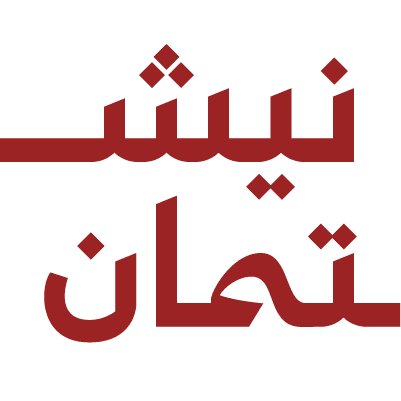Radio Yerevan and Cross-border Kurdish Communication
Yerevan Xeber dide! (Yerevan is speaking)
Those were the first Kurdish words aired on the Public Radio of Armenia in 1955. Beyond Soviet-Armenia’s borders, it was known as Radio Yerevan, and it set the stage for facilitated and strengthened unofficial connections between all parts of Kurdistan in the Cold War era.
Intra-Kurdish communication across borders
There has always been some degree of connection and communication between the different parts of Kurdistan, no matter the regional geopolitical circumstances. Iran and Turkey, and to some extent Syria and Iraq, were strongly centralized and had heavily controlled and securitized borders in the Cold War era. Ultimately, the geopolitical divide did weaken cross-border, intra-Kurdish communication. However, that never made Kurds completely disconnected from one another. Ofra Bengio puts it succinctly when she says:
"Even though Kurdish communities were politically separated from each other by the post-first World War redrawing of boundaries and subsequently evolved along different paths in light of their varying experiences within the new states, the borders between the states were never hermetically sealed, and Kurdish communities remained in contact with one another and were mutually influenced by developments beyond state lines."
Radio Yerevan is one example of lasting contact, as it became a unifying medium that transcended borders. In the second half of the 20th century, when the Kurdish language and cultural expressions were banned in the assimilationist or denialist efforts of Turkish, Arab, and Iranian nation-states, Kurds could still be heard singing, reading, and conversing on Radio Yerevan. The radio, especially at the time, was a perfectly fitted means for the expression of Kurdish culture, which has traditionally been shaped by orality.
The Genesis of Radio Yerevan
Kurdish programs were allowed under the administration of the Soviet Union to spread communist political agendas to Kurds elsewhere. Radio Yerevan's success is beholden to one Yazidi Kurd, Casime Celil, who was the broadcast editor. Celil, with the help of his family and collaboration projects with Armenians and Kurds, used the station to revive and disseminate Kurdish music and language. What started as a Soviet initiative, became a powerful means for Kurds to connect while preserving their culture.
Casime Celil
A poet, translator, and educator, Casime Celil was born in 1908 to a family of Yazidi Kurds. He was about 10 years old when he fled the Armenian genocide with his family then spent his teenage years in orphanages. As a young adult, Casime Celil moved to Yerevan to work and study after the Bolsheviks had successfully transformed the Russian Empire into the Soviet Union. Upon his arrival, Yerevan was the capital of Soviet Armenia. In 1954, Casime Celil became head of Radio Yerevan's Kurdish department. At a time when the Kurdish language and culture were heavily banned in Middle Eastern states, Radio Yerevan became a sanctuary for cultural expression and preservation. As Hassanpour writes (1996:330)
''Listening to Kurdish broadcasts was considered an act against the Turkish state'' However, despite the state's linguicide policies, ''the airways from Yerevan, Baghdad and Kermanshah carried music into private homes''.
By broadcasting theatrical plays and Kurdish folk songs three times per week during a time of Kurdish persecution, Radio Yerevan connected a nation to its culture and became a staple in the lives of the Kurds who gathered weekly to hear the broadcast. Additionally, Radio Yerevan revolutionized certain cultural practices and made them more accessible. The station transformed songs of dengbej, which were traditionally acapella, by adding Kurdish instruments like def, zurna, and ney to the old songs. Yerevan's archival capacity also runs deep; Artur Ispiryan, the head of the archival department, states there are over 10,000 recordings of Kurdish folk songs and theatrical plays in the radio archives. Radio Yerevan also functioned as a language-learning medium. An example of that is Osman Baydemir, who was the mayor of Diyarbakir from 2004 to 2014. Upon visiting the staff of the Kurdish programs in Yerevan, he said that he had two mothers; one was his biological mother, and the second was Radio Yerevan, as that's where he learned his mother tongue and was able to listen to Kurdish music while it was prohibited in turkey.
Concluding Thoughts
Radio Yerevan was a tool for Kurds to connect and maintain their identity and culture at a time when it was most endangered. The existence of the broadcast was vital. Yerevan not only contributed to the preservation of the Kurdish language and arts. The broadcast also stands as a reminder of the lasting nature of cross-border Kurdish communication, which defies geopolitical boundaries and repressive policies.
